The US Expanded Beam Cable Market represents a dynamic segment of the telecommunications infrastructure industry, wherein performance and reliability are paramount. As technology continues to evolve, the demand for high-speed data transfer capabilities increases, fostering a competitive landscape among key players. The market is characterized by innovative offerings, emphasizing the strategic importance of fiber optic technology for telecommunications, data centers, and military applications. Competitors within this space are constantly striving to differentiate themselves through enhanced product qualities, responsive customer service, and technological advancements that align with the increasing bandwidth demands across various sectors.
Prysmian Group has established itself as a prominent player within the US Expanded Beam Cable Market, leveraging its global expertise to deliver high-quality fiber optic solutions tailored to meet the specific needs of the US market. The company's strengths include its robust research and development capabilities, which facilitate cutting-edge advancements in fiber optic technology. Prysmian Group has invested significantly in expanding its production facilities in the US, enhancing its ability to meet growing customer demands efficiently. The company is also recognized for its commitment to sustainability and innovation in manufacturing processes, which further solidifies its competitive edge.
With an extensive network of sales and support personnel, Prysmian Group ensures comprehensive customer engagement, establishing itself as a reliable partner in the telecommunications landscape.LCom is another significant contributor to the US Expanded Beam Cable Market, known for its advanced products and innovative solutions that cater to a broad range of industries including telecommunications, data networking, and military applications. The company offers a variety of key products such as high-performance fiber optic cables, connectors, and accessories that enhance connectivity and data transmission efficiency.
LCom has effectively strengthened its market presence through strategic mergers and acquisitions, enabling the expansion of its product portfolio and enhancement of its technological capabilities. Furthermore, LCom's commitment to customer service, along with its emphasis on high-quality, ruggedized solutions designed for demanding environments, underlines its position as a competitive force in the industry. The company continues to focus on innovation and expanding its reach within the United States, capitalizing on the growing demand for reliable connectivity solutions in both commercial and governmental applications.

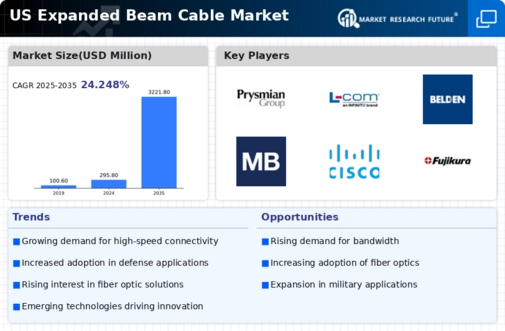
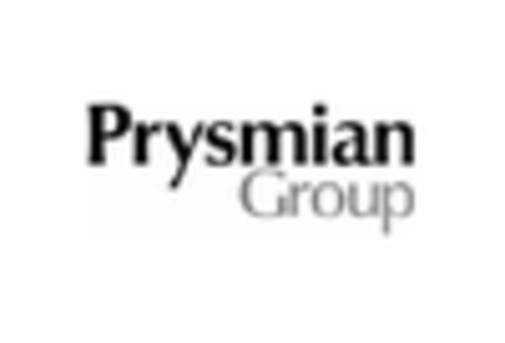
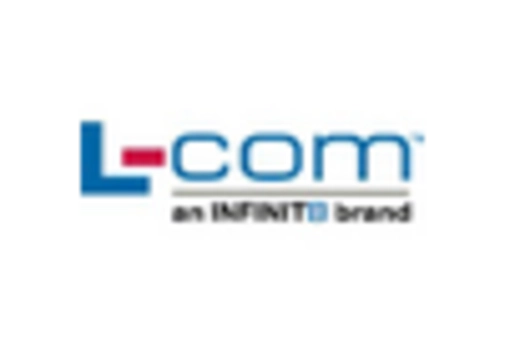
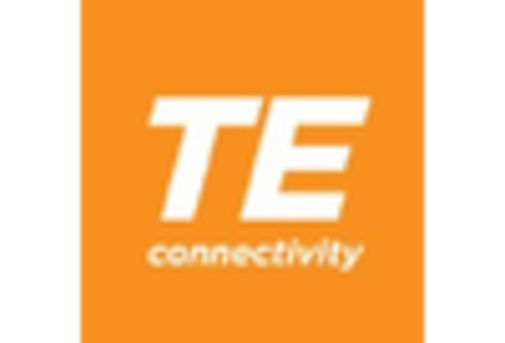


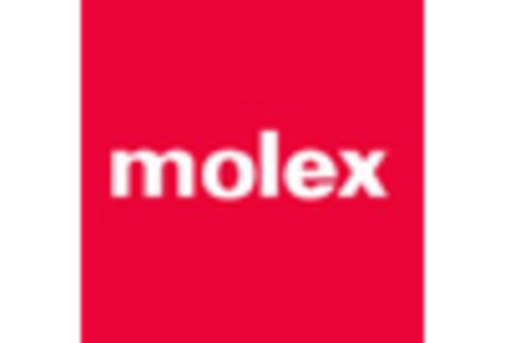
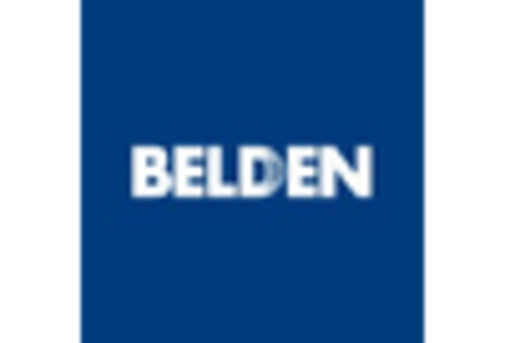
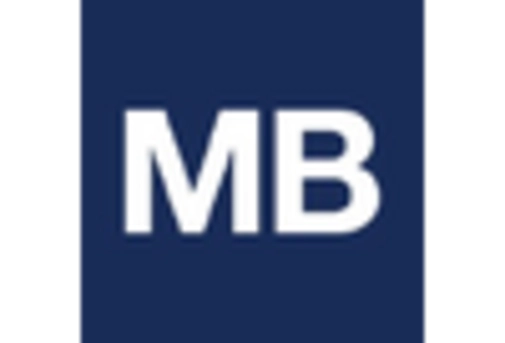
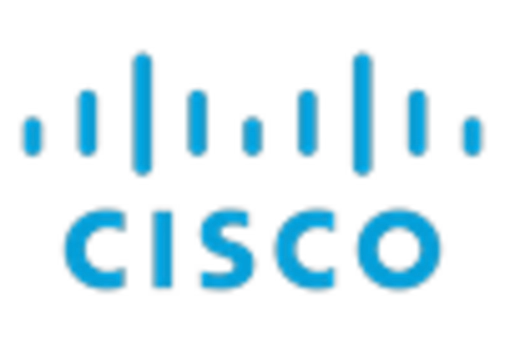
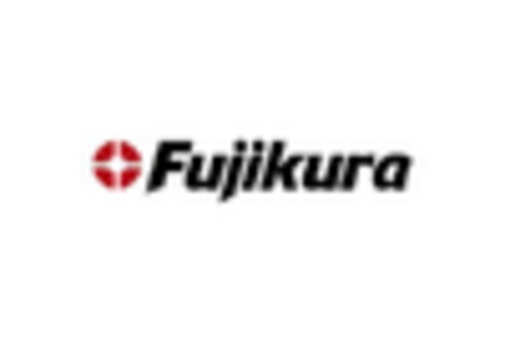









Leave a Comment